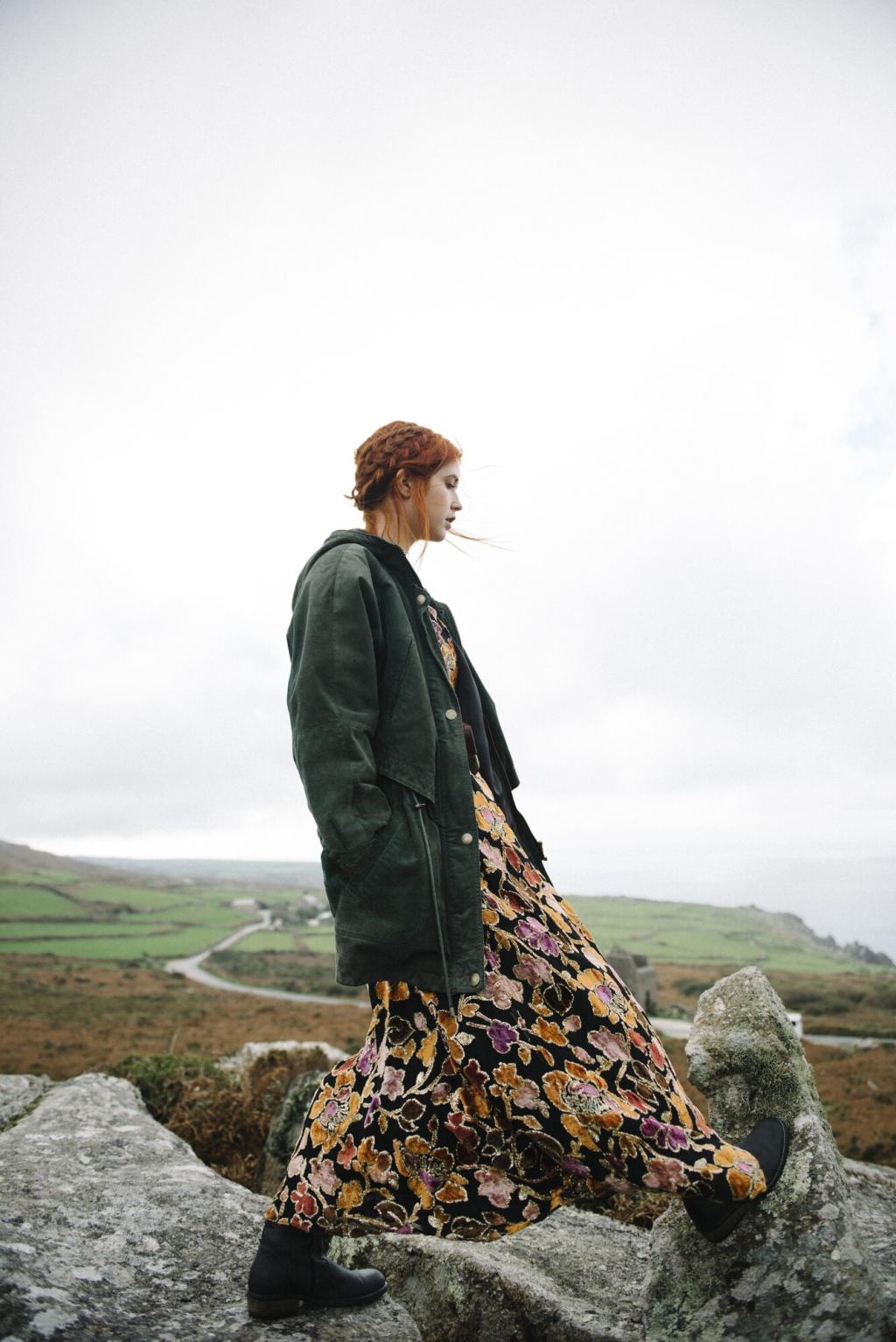Circular Fashion and the Role of Upcycling
Circular fashion represents a transformative approach to the design, production, and consumption of clothing and textiles. Unlike traditional linear models that prioritize quick production and fast disposal, circular fashion aims to keep products, materials, and resources in use for as long as possible. Central to this vision is the reduction of waste and the efficient reuse of materials. At the heart of this movement lies upcycling—a creative and sustainable practice that turns pre-loved garments and waste into fresh, valuable pieces. By embracing circular fashion and upcycling, the industry can significantly reduce its environmental impact and foster a more responsible and conscious way of dressing.
Understanding Circular Fashion
The conventional lifecycle of fashion is inherently wasteful, driving vast quantities of clothing from store shelves to landfills in a matter of months. Circular fashion shifts this paradigm by envisioning a system where garments are designed for reuse, longevity, and eventual reintegration into new products. This approach recognizes clothing as resources that maintain value beyond a single use, challenging the disposable mentality and reshaping consumer behaviors. By keeping textiles in circulation, the industry reduces raw material demand and lowers environmental pressures.
At its core, circular fashion operates on principles of designing out waste and pollution, keeping products and materials in use, and regenerating natural systems. These principles encourage brands to innovate—using recyclable fibers, offering repair services, and facilitating garment take-back programs. Emphasizing durability and modularity allows clothing to adapt to trends without becoming obsolete. As a result, circularity introduces a new standard where fashion is both restorative and regenerative, providing positive impacts that extend beyond individual consumers.
The fashion sector has long been one of the most resource-hungry, polluting industries globally. Circular fashion tackles these challenges by reducing dependency on virgin resources, curbing carbon emissions, and diverting textile waste away from landfills. When brands and consumers embrace circular models, the benefits ripple outward—less water and energy are consumed, hazardous chemicals are minimized, and biodiversity stands a better chance of being preserved. Ultimately, the push toward circularity isn’t just an industry trend but a necessary shift for the planet’s health and future generations.


From Waste to Wonder
Upcycling overturns the notion that old or unwanted clothing is destined for disposal. Instead, worn-out garments, textile scraps, or even factory off-cuts are reimagined as the raw material for vibrant new designs. This practice not only diverts waste from landfills but also celebrates individuality, as each upcycled piece bears its own unique character and history. Upcycling empowers designers to innovate with limitations, resulting in clothing that tells a story and challenges the boundaries of mainstream fashion.

The Creative Process
The beauty of upcycling lies in its inventive process. Designers begin with discarded materials, often drawing inspiration from their textures, colors, or fabric qualities. By deconstructing and reconstructing these elements, they produce garments that are often one-of-a-kind and impossible to replicate. This creativity doesn’t just elevate the finished product—it also highlights the skill and artistry involved in sustainable fashion. Through upcycling, what was once considered waste transforms into a statement of both ecological and artistic value.

Benefits Beyond Sustainability
While upcycling’s environmental advantages are significant, its social and economic impacts are equally profound. Smaller designers and artisans gain the opportunity to enter the fashion market without investing in expensive new materials. At the same time, consumers who purchase upcycled items partake in a more conscious and meaningful fashion experience. This shift toward valuing resourcefulness and uniqueness over mass production paves the way for a more equitable and thoughtful fashion industry.

Embracing Conscious Consumption
Today’s fashion consumers hold incredible influence and potential to drive change. Conscious shopping means thinking beyond trends and fast fixes, and instead, valuing pieces for their quality, versatility, and origin. When individuals seek out upcycled items or support brands committed to circular practices, they encourage a supply chain that respects the environment and values creativity. This new mindset centers on wardrobe curation rather than accumulation, allowing consumers to cherish and maintain their clothing for years to come.
Supporting Transparent Brands
Transparency is fundamental to circular fashion. When brands openly share information about sourcing, production, and upcycling efforts, they foster trust and accountability. Consumers are increasingly demanding to know where and how their garments are made, and this curiosity drives brands to adopt more responsible practices. By supporting labels that prioritize circularity and upcycling, shoppers send a powerful signal that ethical, transparent operations are the new industry standard.
The Power of Personal Action
Ultimately, the success of circular fashion rests in the hands of individual consumers. Simple choices—such as repairing rather than discarding, choosing upcycled over new, or engaging in clothing swaps—can collectively transform the fashion landscape. Every decision to extend the life of a garment or invest in upcycled fashion adds momentum to the movement. As more people embrace these habits, the cumulative effect pushes the industry toward lasting, meaningful change.
